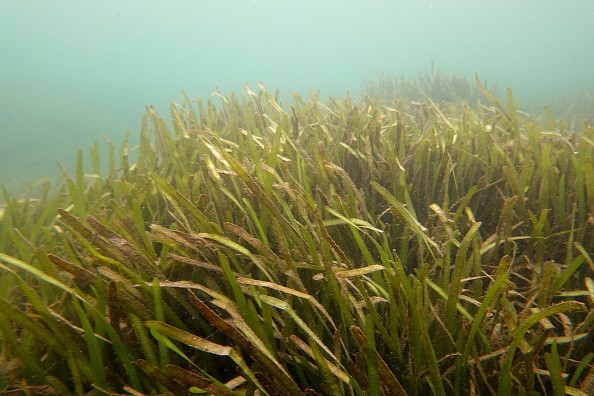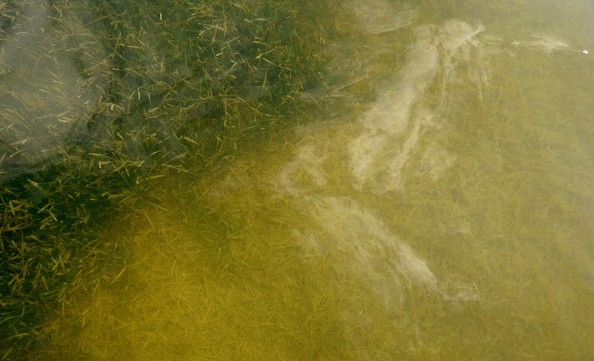In temperate and tropical waters, seagrasses cover much of the shallow shoreline. Seagrass meadows makeup up the basis of a crucial ecosystem that harbors different animals like endangered sea turtles, seahorses, and fish.

Sources of Methane
In addition to preventing coastal erosion, seagrasses store millions of tons of carbon dioxide per year. Methane, which has a greater impact on our climate than carbon dioxide, is another greenhouse gas produced by seagrass meadows.
Seagrass methane was first studied by Sina Schorn, her colleagues at the Max Planck Institute for Marine Microbiology and Hydra Marine Sciences, and other researchers. Much of the peat that forms beneath the sediment surface is produced by seagrasses, just as it is with many terrestrial plants.
According to Phys.org, the decomposition of organic material in terrestrial peats is known to emit significant volumes of methane. Thus, the researchers hypothesized that methane generation mechanisms in seagrass meadows would be comparable to those in other ecosystems.
"In seagrass sediments, methane is formed solely from one class of organic compounds," according to Schorn.
The methanogenic archaea, specialized microbes, subsequently transform these chemicals into methane, Betaine is one of the chemicals that enables seagrasses to adapt to changes in salinity of the saltwater.
Methane generation in seagrass meadows is highly efficient and resistant to environmental challenges because methanogenic archaea may directly utilize these molecules.
Read also: Underwater Gardeners: Researchers Discovered That Fish Waste Can Fertilize Coral and Seagrasses
Dead Seagrass Meadows as a Source of Methane
The Bremen researchers collected samples from a dead seagrass meadow as part of their investigation, as per Science Daily.
Senior author and leader of the Greenhouse Gases Research Group at the Max Planck Institute for Marine Microbiology, Jana Miluck reported, "The rates of methane production were similar to those in the intact seagrass meadow."
According to Milucka, the explanation for the plant's continued synthesis of methane is due to the long-term persistence of methylated chemicals in the tissue. Even plant tissue that had died more than two decades earlier had been found to have them.

How Methane Emissions Mitigate the Blue Carbon Effect
A worldwide decline in seagrass beds is currently wreaking havoc on coastal ecosystems. The results of several studies warn that while atmospheric carbon dioxide will no longer be sequestered and held in the sediment as 'blue carbon,' methane may still be released, Milucka notes.
The climate is being threatened by the loss of seagrass meadows, and this study re-emphasizes their importance.
Anthropogenic changes have a particularly large impact on coastal environments, including seagrass meadows. The way seagrass meadow ecosystem function must be understood in order to estimate the consequences of continuous global change, Schorn said.
In the future, researchers at the Max Planck Institute for Marine Microbiology want to expand their measurements to additional regions and different seagrass species. They also want to learn more about the bacteria that are responsible for producing methane, which are remarkably varied and relatively unexplored.
Related Article : Red Seaweed Reduces Methane 'Belching' by Cattle, Could Help Alleviate Climate Change
For more news, updates about seagrasses and similar topics don't forget to follow Nature World News!
© 2026 NatureWorldNews.com All rights reserved. Do not reproduce without permission.





